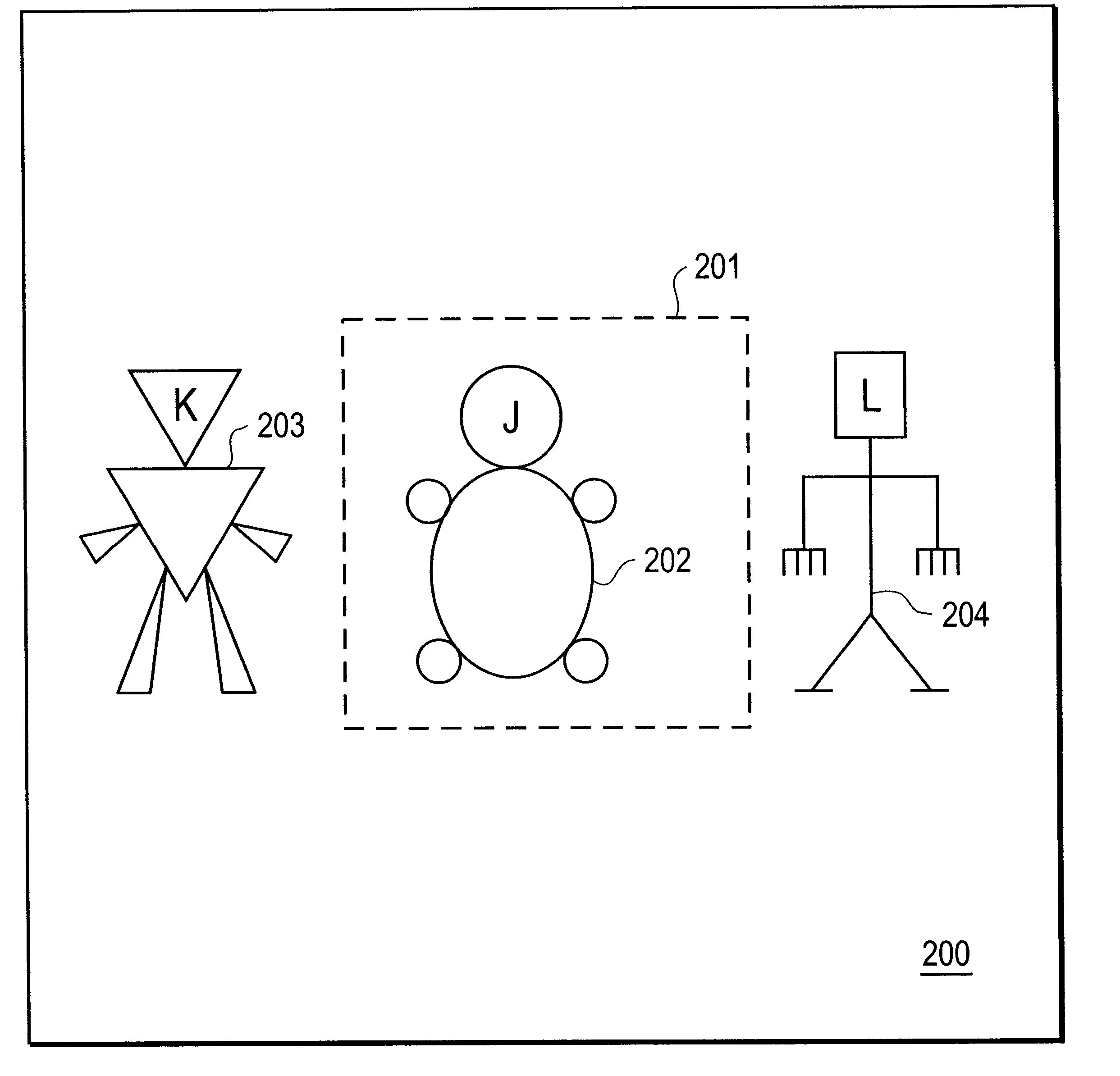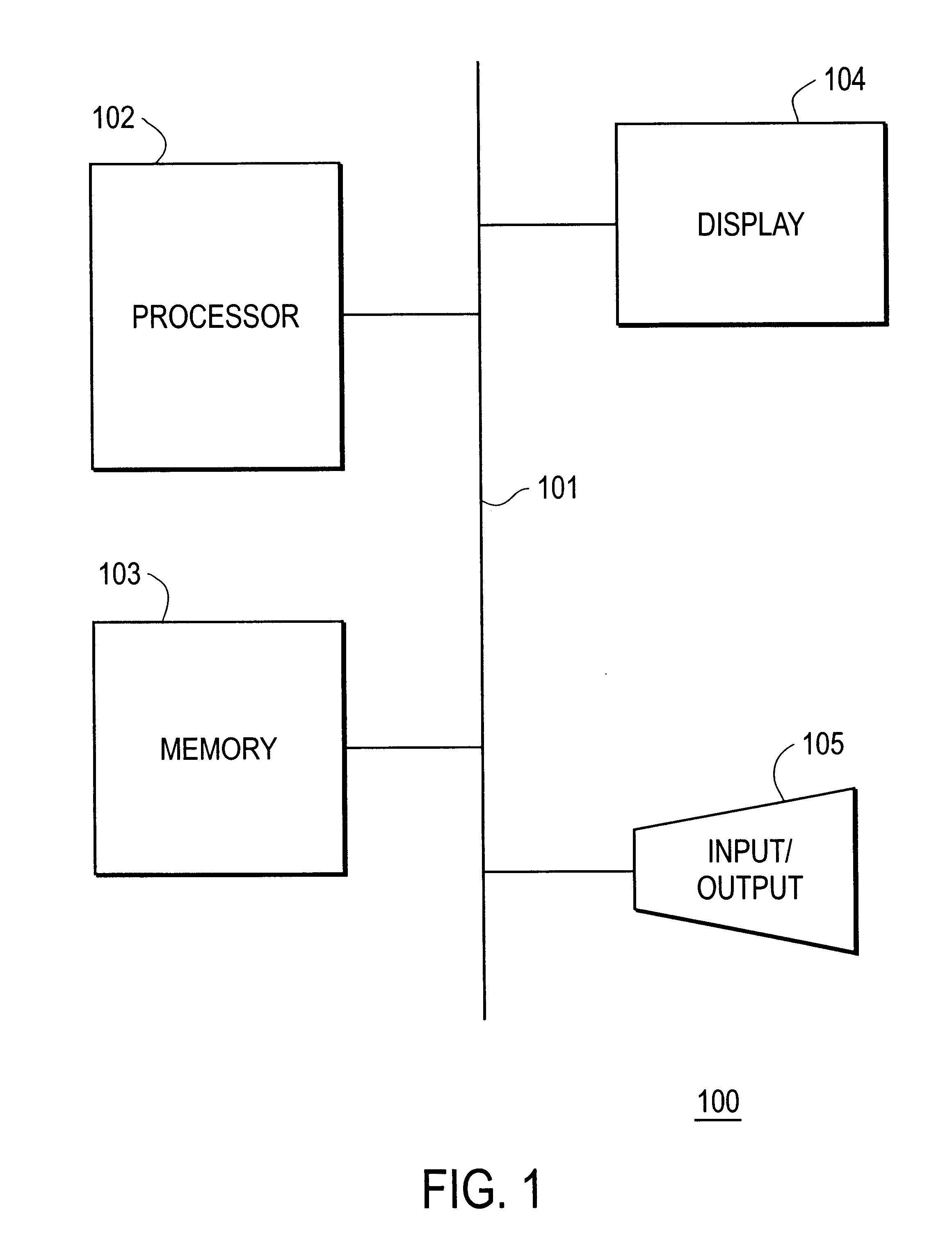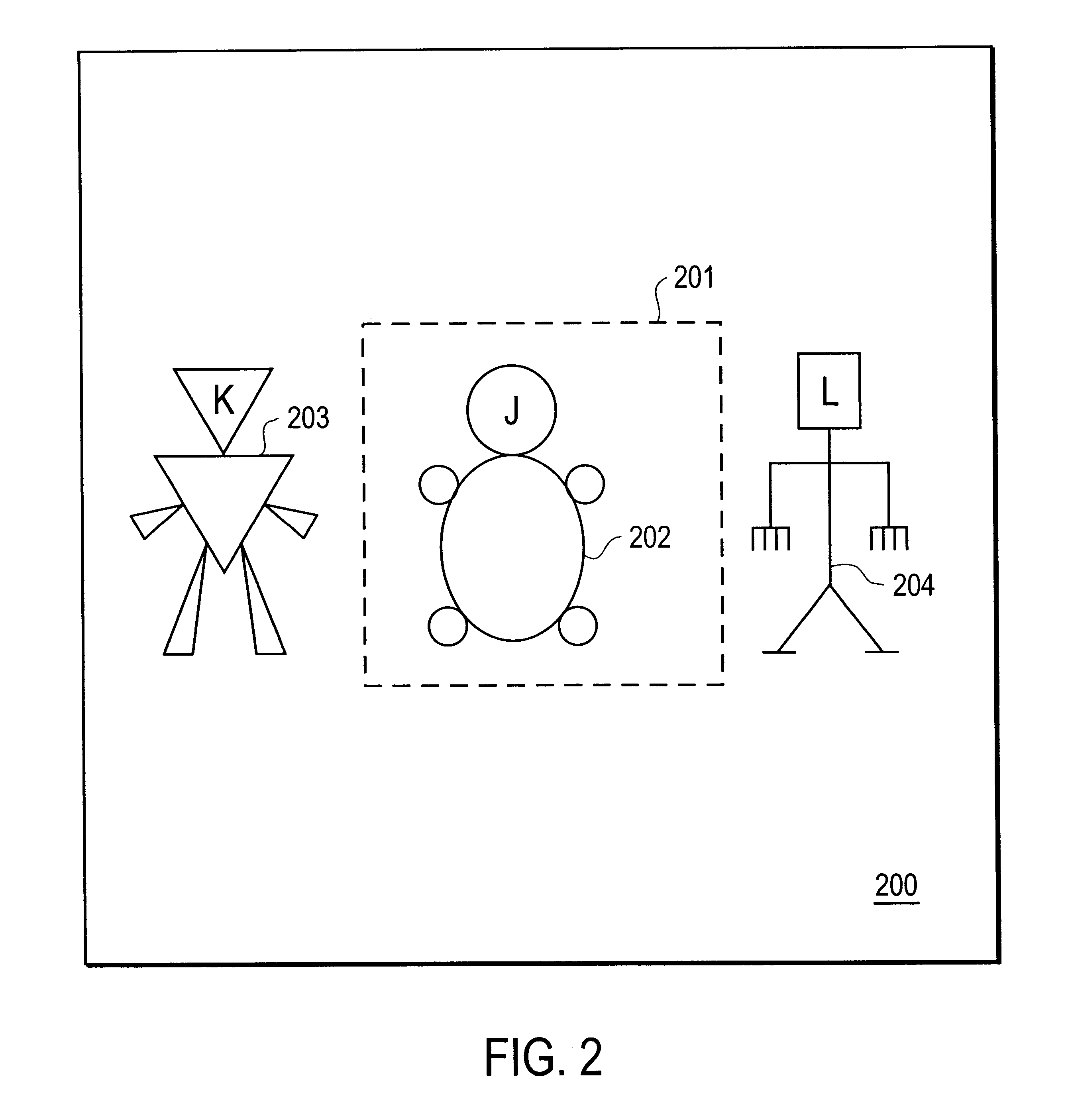Methods and apparatuses for performing Z-buffer granularity depth calibration in graphics displays of three-dimensional scenes
a three-dimensional scene and depth calibration technology, applied in the field of three-dimensional graphics rendering, can solve the problems of reduced frame rate, visible anomalies (shimmering), and large memory and processing power
- Summary
- Abstract
- Description
- Claims
- Application Information
AI Technical Summary
Benefits of technology
Problems solved by technology
Method used
Image
Examples
Embodiment Construction
has been presented for purposes of illustration and description. It is not intended to be exhaustive or to limit the invention to the precise form disclosed, and obviously many modifications and variations are possible in light of the above teaching. The described embodiments were chosen in order to best explain the principles of the invention and its practical applications to thereby enable others skilled in the art to best utilize the invention in various embodiments and with various modifications as are suited to the particular use contemplated. Those skilled in the art will be enabled by this disclosure will be enabled by this disclosure to make various obvious additions or modifications to the embodiments described herein; those additions and modifications are deemed to lie within the scope of the present invention. It is intended that the scope of the invention be defined by the claims appended hereto.
PUM
 Login to View More
Login to View More Abstract
Description
Claims
Application Information
 Login to View More
Login to View More - R&D
- Intellectual Property
- Life Sciences
- Materials
- Tech Scout
- Unparalleled Data Quality
- Higher Quality Content
- 60% Fewer Hallucinations
Browse by: Latest US Patents, China's latest patents, Technical Efficacy Thesaurus, Application Domain, Technology Topic, Popular Technical Reports.
© 2025 PatSnap. All rights reserved.Legal|Privacy policy|Modern Slavery Act Transparency Statement|Sitemap|About US| Contact US: help@patsnap.com



